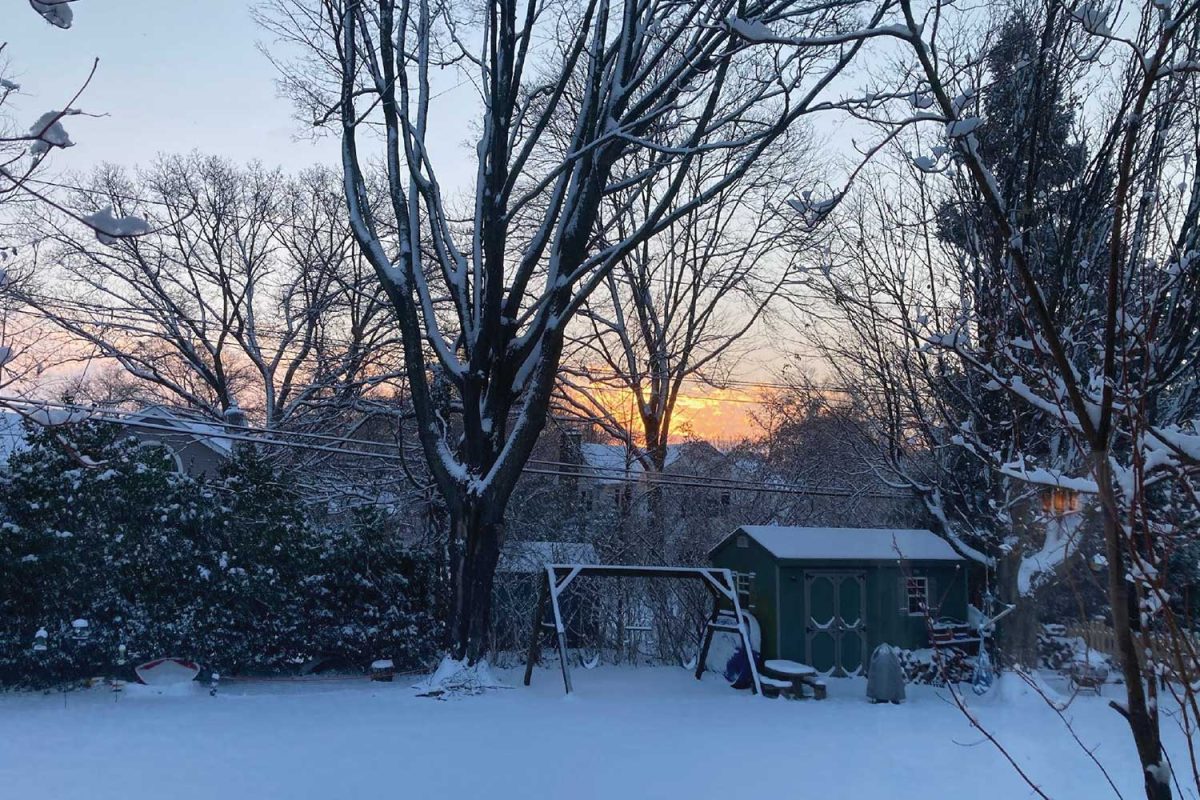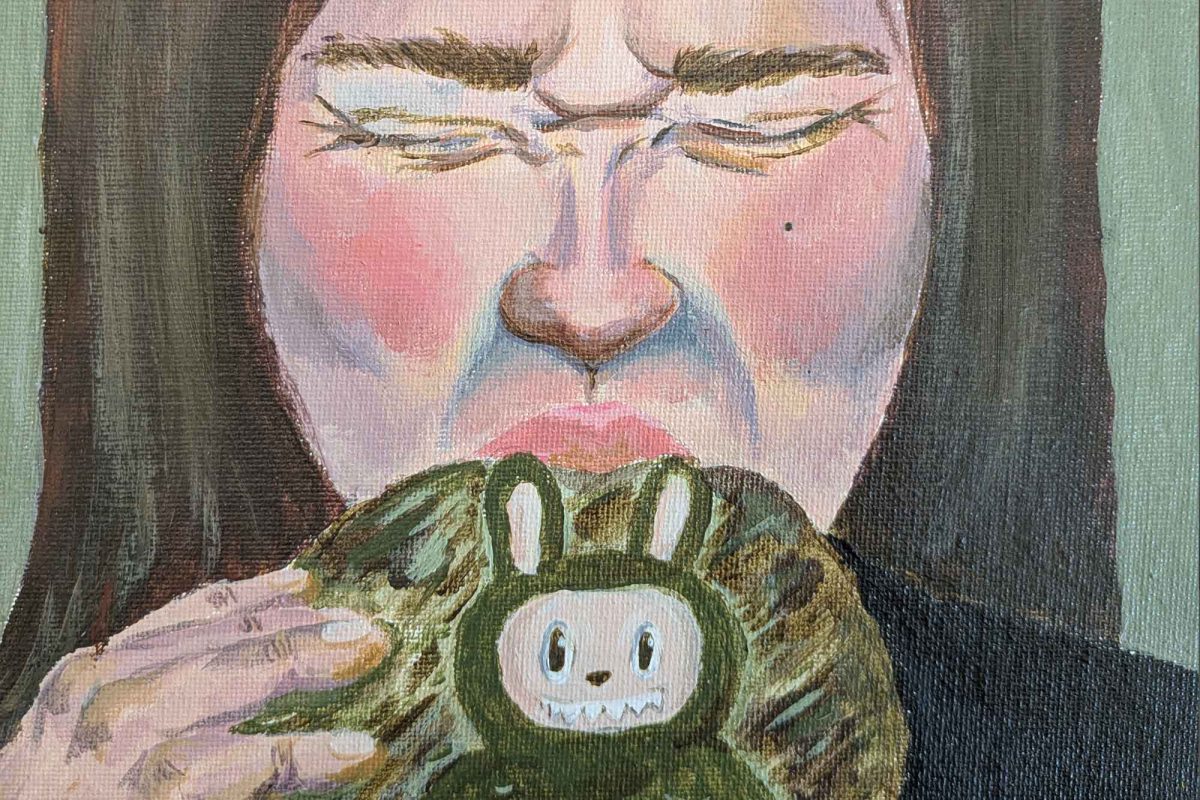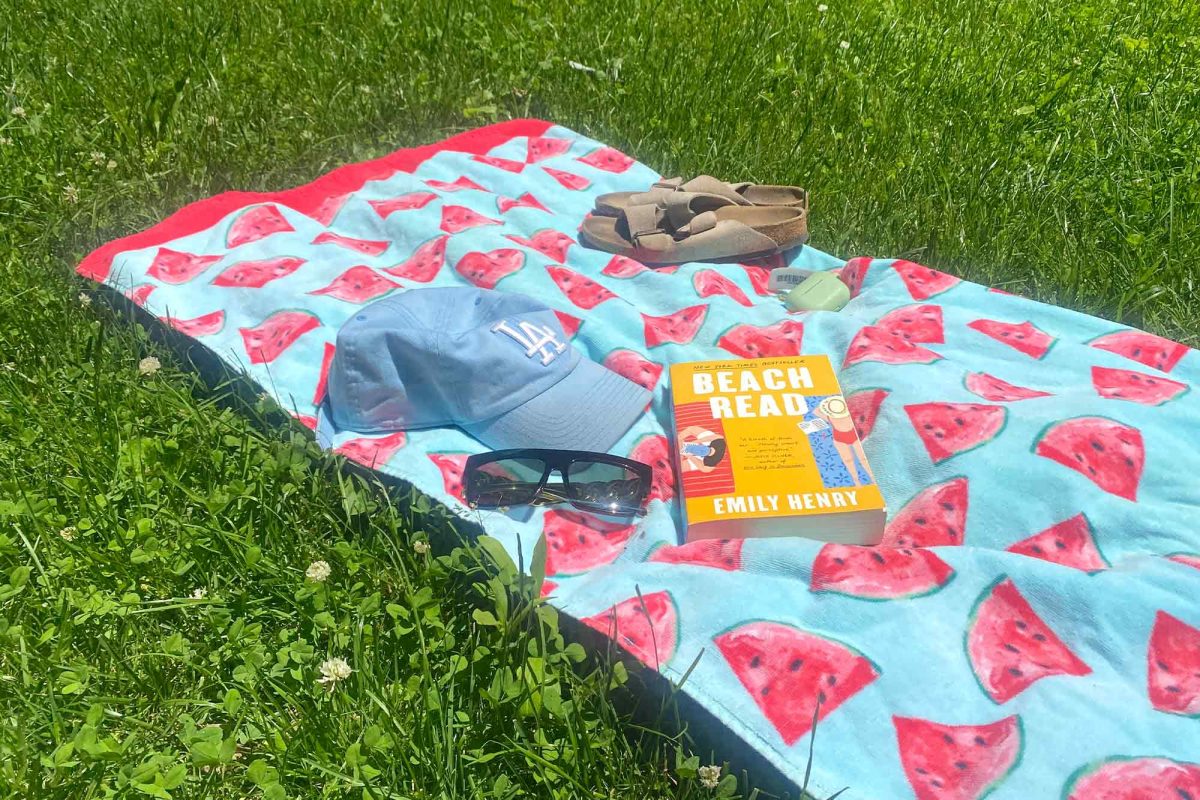Winter is here! Meteorological winter began on December 1 and will last until March.
Students’ feelings are divided on winter, with some people loving the snow and cold, and others abhorring it.
¨I want the weather to be effective and forceful,” senior Isaac Ainslie said. “If it’s going to snow, I want a blizzard. If it’s not going to snow, I don’t want any drizzles.”
Junior Jaxon Klaus is not a fan of the cold.
¨I’m hoping for as warm weather as you can reasonably expect out of a winter,” he said.
Overall, cold weather fans will have a lot to cheer for this winter with the weather pattern appearing far snowier and colder compared to recent years.
This is because we are in an El Nino this year, which National Geographic defines as a set of climate patterns that occurs every few years with warmer-than-average water temperatures around the equatorial Pacific.
The El Nino pattern produces winters that lean one way or another: very warm with lots of rain, or colder with well above average snowfall.
According to meteorologist Steven DeMartino at local weather service NY NJ PA Weather, this year’s pattern favors above-normal snowfall, as the storm track will likely be along the coastline or to our south due to high latitude blocking. This potentially will bring heavy snowfall to the Philadelphia-NYC corridor.
Late December through February will feature highly favorable patterns for possibly several large storms of snowfall eight or more inches. According to Accuweather’s Winter Outlook, February will be the snowiest month, as there will likely be below-average temperatures and frequent storms present.
Low-pressure systems will likely stay to our south and east this year, rather than cut through the middle of the country as they did last year.
There are a couple of things that could disrupt this pattern, however. A strong polar vortex, leading to warmer temperatures, and a storm track more to our west would lower our chances for snowfall.
However, at this point, at least average snowfall will likely occur with near to slightly below freezing temperatures.
Wrap Up
- Snowfall: Above-average
- Warmest Month: December
- Coldest Month: January
- Snowiest Month: February














